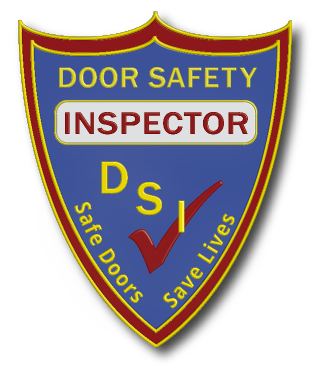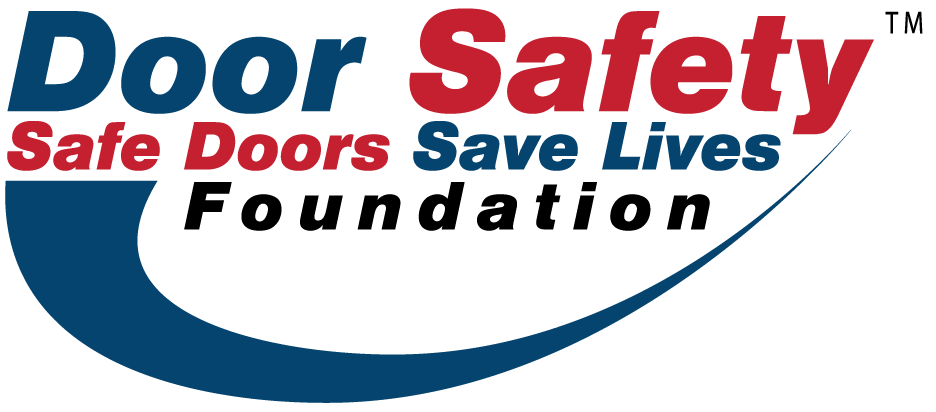
Instructed by:
Keith E. Pardoe, DSC, FDAI, DAHC, CDC
Founder/President, Safe Doors Save Lives Foundation, Inc.
Fire doors are specially engineered fire protective systems that have one job—preventing a fire from spreading; they must be kept in a constant state of readiness. Individuals performing NFPA 80’s door safety inspections need to have a working knowledge of the fire doors they inspect, as well as the code requirements affecting them. Door Safety Inspectors (DSI) exceed NFPA’s Qualified Person standard (for NFPA 80 and NFPA 105) and NFPA 101’s Knowledgeable Person standard for inspecting and testing egress and fire door assemblies.
In addition to covering the myriad code provisions and requirements for swinging egress and fire doors, this course teaches you The How of performing door safety inspections, especially when you are inspecting older existing doors (e.g., doors more than 25 years old).
This online live instructor-led course consists of approximately forty (40) hours of instruction over six weeks, meeting twice a week for three (3) to (4) hours per session. Allow another twelve (12) to sixteen (16) hours to complete the reading and homework assignments. Recordings of each session are published on the course site on Door Safety’s LMS for you to access anytime.
To complete the class, students must pass the four-hour DSI Certification exam with a minimum score of eighty (80) percent. Students can take the online live proctored exam from their home or office computers at their convenience.
By the end of this course, you will be able to:
- Look up and explain door-related requirements in NFPA 80, NFPA 101, and NFPA 105.
- Describe how codes and standards apply to existing and older existing construction (e.g., egress and fire doors).
- Correctly apply inspection and testing requirements to new, existing, and older existing doors.
- Discuss the evolution of swinging fire doors over the past 75 years.
- Explain Door Usage Types and Categories and Door Maintenance Priority Levels.
- Recommend code-compliant repairs for fire-rated doors.
- Assist facilities in their ongoing door maintenance programs.
- Explain when field labeling of door frames, doors, and hardware components might be appropriate—and when it’s not.
- Perform Acceptance Testing inspections.
- Perform door safety inspections of swinging egress and fire-rated door assemblies.
Students receive the following materials:
- Door Safety’s A Constant State of Readiness: Inspecting and Maintaining Swinging Doors Handbook (First edition)
- NPFA 80, Standard for Fire Doors and Other Opening Protectives (2016 edition)
- NFPA 101, Life Safety Code, (2015) edition
- NFPA 105, Standard for Smoke Door Assemblies and Other Opening Protectives (2016 edition)
- DSI Training & Certification Class Workbook
- A DoorGapGauge™
Upon passing the DSI Certification exam, Door Safety Inspectors (DSI) receive an 8-1/2 in. x 11 in DSI certificate (suitable for framing), a DSI wallet card, and a one-year DSI-level subscription to DoorSafety.com.
Click here to read SDSLF's Terms and Conditions for class registrations and DSI Certification.
Register now, class size is limited!
Important: To register, you must have either a Basic Access level subscription (it's FREE!) or a General Interest level subscription to DoorSafety.com. Complete contact information, including your shipping address, is needed for delivering your class materials in a timely manner. See your registration confirmation email for instructions to access your course on Learning.DoorSafety.com.
We have applied to the IRS to be recognized as a 501(c)(3) non-profit educational company, and are expecting to receive our letter of determination soon. Once approved, a portion of the class registration fee might be a tax-deductible contribution to the Safe Doors Save Lives Foundation on next year's federal tax return. (Stay tuned for more information.)
Note: The registration fee includes all class materials and standard-rate shipping charges in the contiguous United States of America and Canada. Actual shipping charges to Alaska, Hawaii, Puerto Rico, Guam and other US Territories, and to other countries will be charged separately. Expedited shipping is available at the applicable rates and charged separately.

